When we think of edible wild plants, a lot of people will think of Europe and the Mediterranean, but Mexico and South America have a robust plant foraging tradition too. They harvest quelites, a host of wild plants that withstand hot climates around the equator. Some are probably in your garden right now.
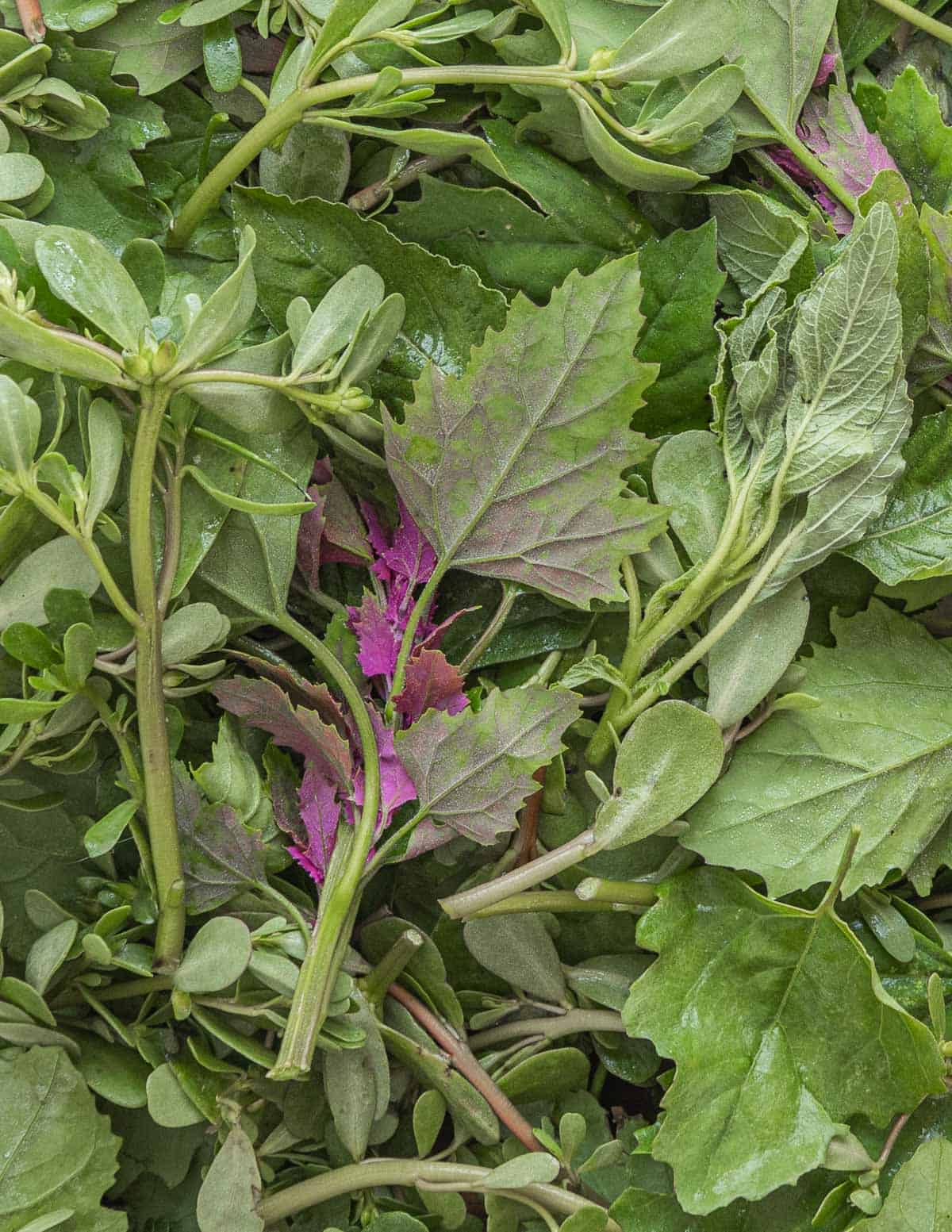
This post is all about those special greens, and my favorite way to cook them you have to try: tacos made with wild greens that are so good you'll forget they're vegetarian.
What Are Quelites?
Quelites are the young, tender growth of edible plants, most of them being foraged, although squash blossoms and flowers are also a common one. Depending on who you ask, there could be as many as 350 individual species of quelite plants traditionally used in Mexican cuisine, or more.
Below: squash blossoms are known as guias.
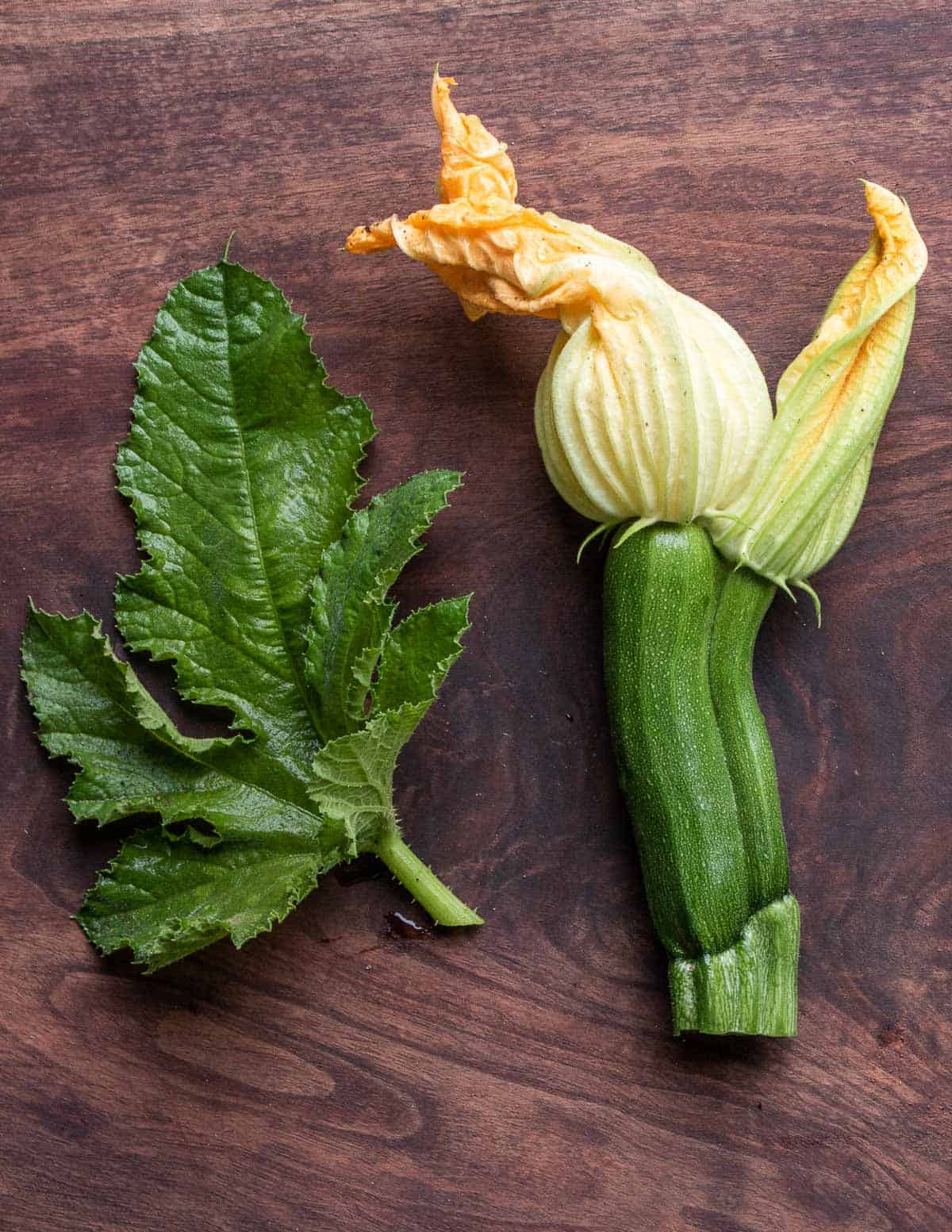
This sort of blanket terminology is relatively common, and there's a number of examples around the world that serve the same purpose, covering a similar number of plants. Japan has sansai, Italy has its piante spontanee. In Greece, mixed wild plants are called horta. I describe these in the introduction to my book.
The word quelite is old and doesn't come from Spanish. It comes from the Aztec nahuatl word quilitl, which can mean edible herb, vegetable or grass. Occasionally I've seen it spelled kelite, which I assume is a phonetic mis-translation.
Below: amaranth and lambs quarters.
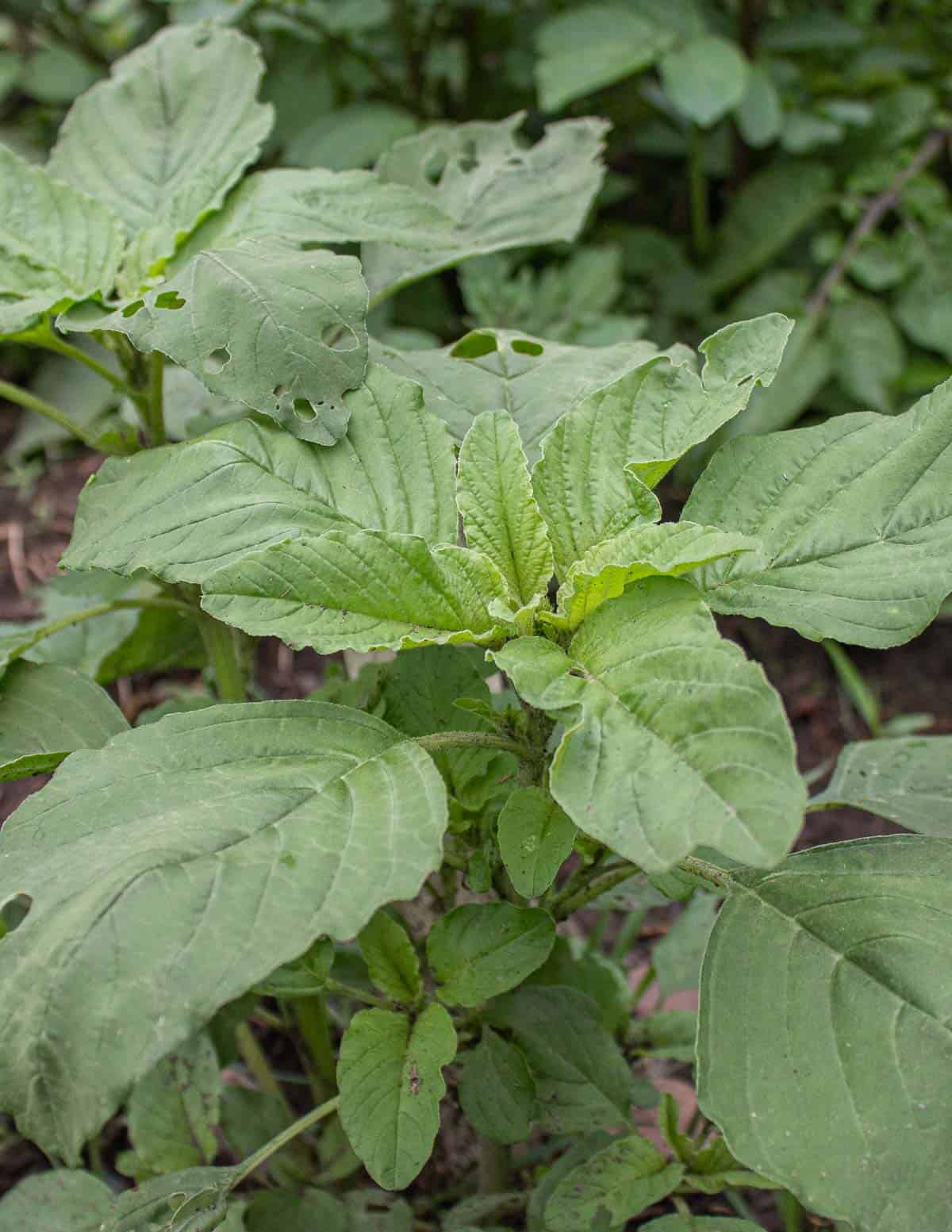
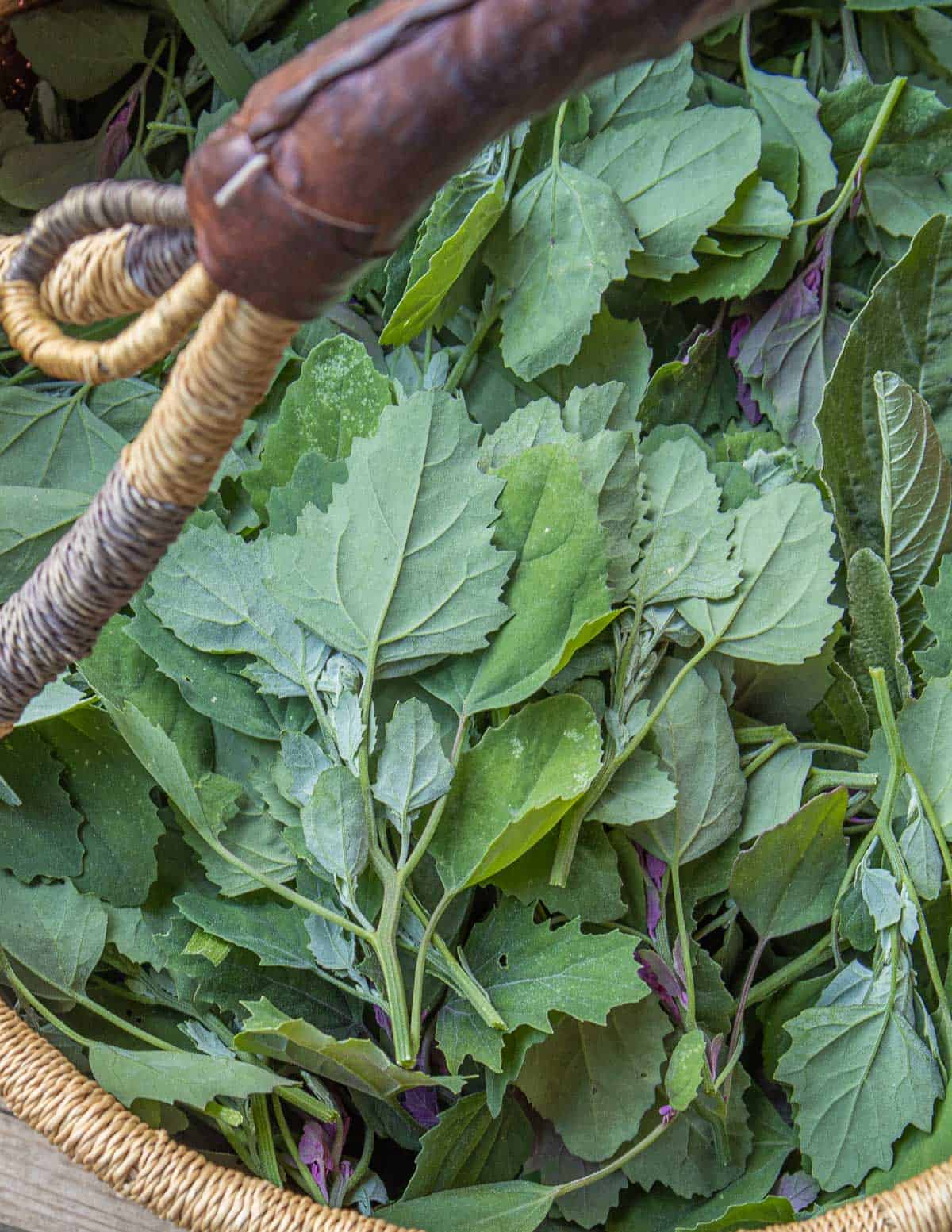
Quelite in English basically means edible herb, and some might say spinach or greens. But comparing any of these plants to spinach is an insult, in my opinion. A more literal translation will note the suffixes ite, ita, or ito are used as a sort of diminutive term of endearment. Small cute plants, is how I would describe quelites, if I was an Abuelita.
Below: verdolagas (purslane).
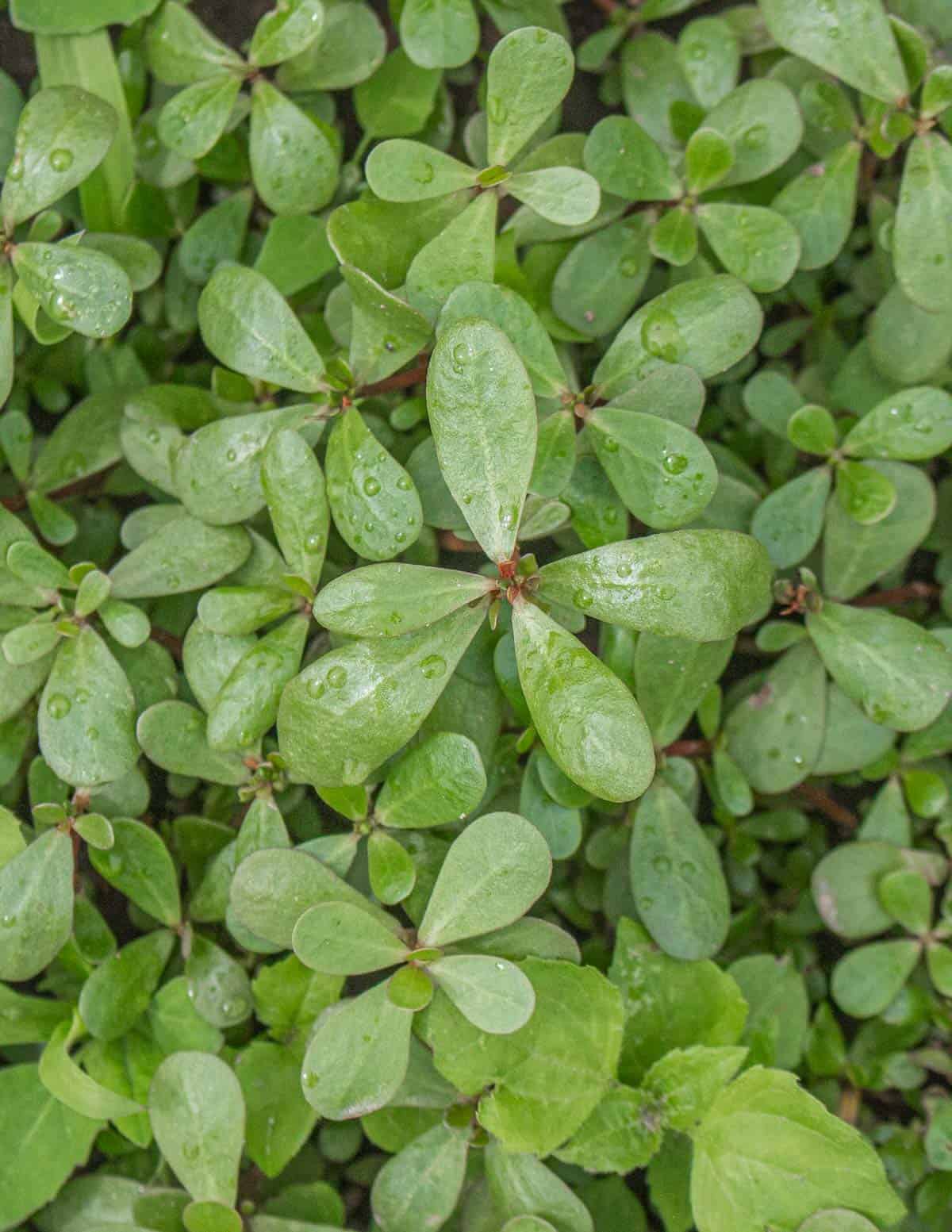
You can buy quelites at a Latin market or farmers market if you don't forage your own. An even better idea is to volunteer to help weed a garden at a local farm or community garden during the summer.
Below: cheese-stuffed huazontles are made with an heirloom lambsquarters are one of many traditional dishes.
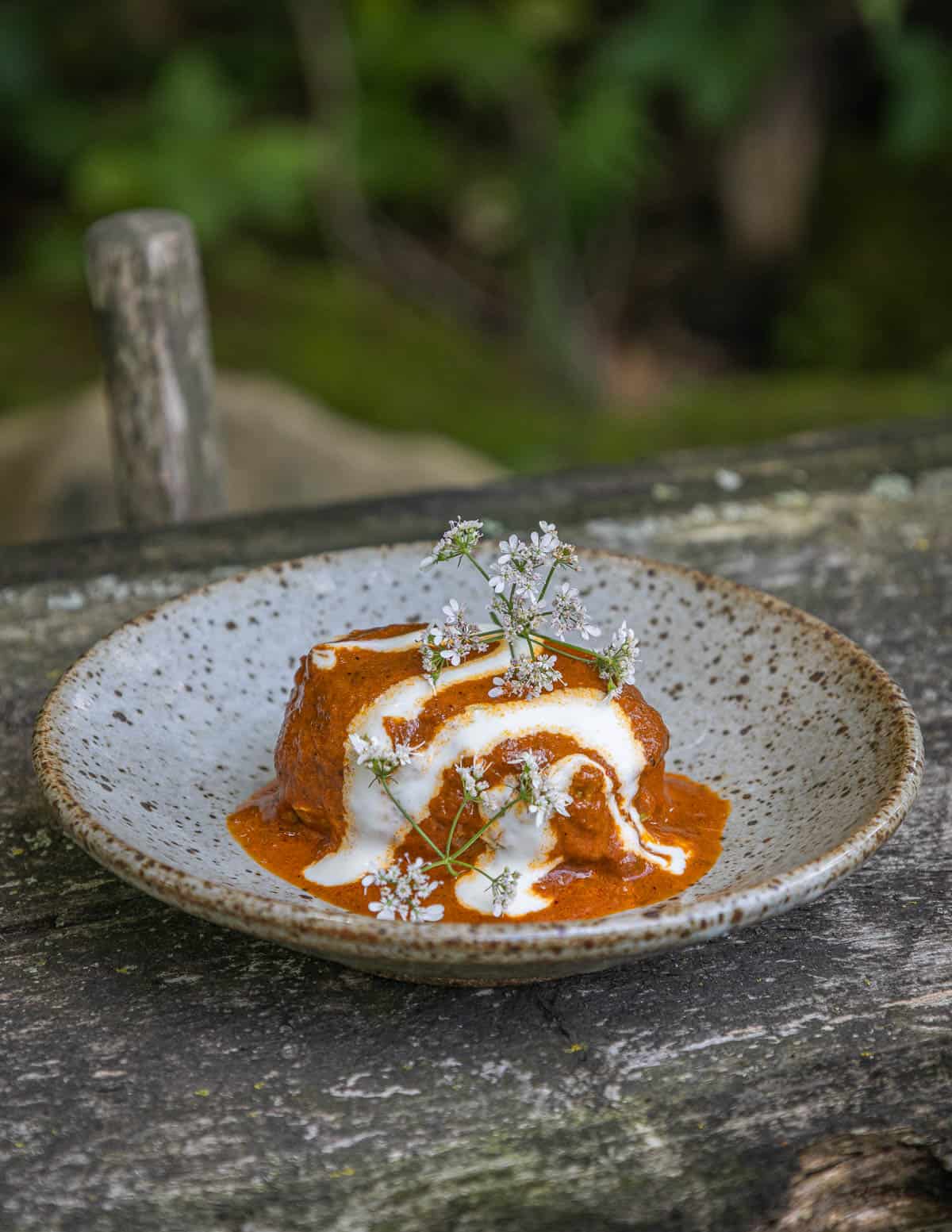
The Quelite Plants
Many, many different types of plants can be a quelite. A complete list would be an undertaking, so here's a brief, succinct list of common quelite plants, and some under-used ones I've learned over the years from friends in South America.
As foragers the importance of Latin is drilled into us. But studying these greens can be a good reminder of how important common names can be. Using the traditional names honors their heritage, but is also a good way to learn their traditional uses. Try a Google or You Tube search using traditional names along with the word "recita" and see what you find.
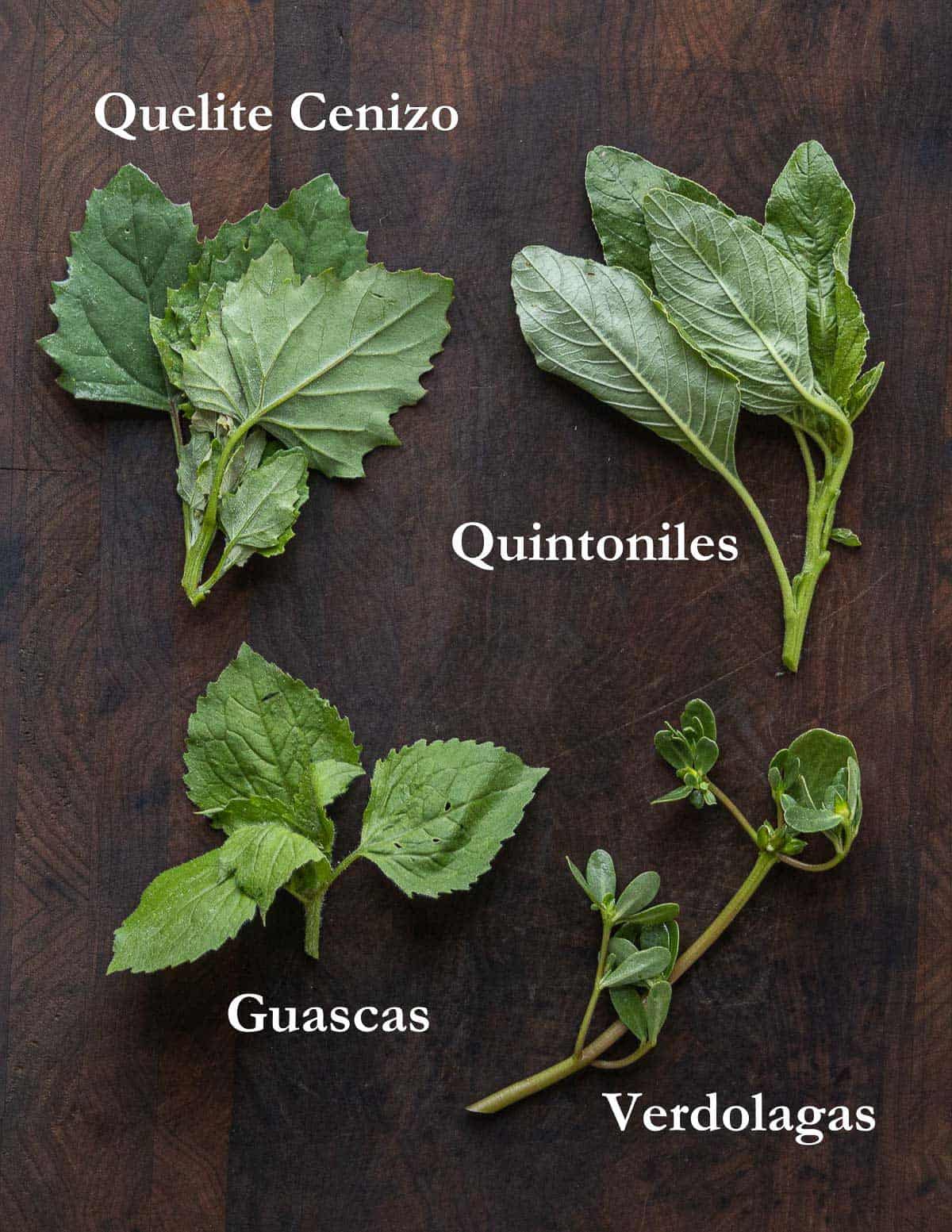
The uses of individual plants can vary greatly. Some like pipicha and epazote are strong-tasting herbs, but most are leafy greens you can cook like a vegetable. There's some commonly recognized species listed below. If you have any to add, please leave a comment.
Herbs
- Papalo-quelite / Butterfly Herb (Porophyllum ruderale)
- Chipilín / Chepil (Crotalaria longirostrata)
- Pipicha / Chepiche (Porophyllum linaria)
- Epazote / Mexican Tea (Dysphania ambrosioides)
Vegetables
- Ortigas / Nettles (Urticaceae)
- Chichiquelite / Hierba Mora (Black Nightshade / Solanum nigrum)
- Romeritos / Glasswort (Salicornia)
- Chaya / Tree Spinach (Cnidoscolus aconitifolius)
- Guascas (Galinsoga parviflora)
- Quintoniles / Amaranth (Amaranthus sp)
- Huauzontles (Chenopodium nuttallie)
- Quelite Cenizo / Lambsquarters (Chenopodium sp)
- Verdolagas / Purslane (Portulaca oleracea)
- Hoja Santa (Piper auritum)
- Guias (Squash blossoms)
- Huele de Noche / Lady of the night, poisonous if not eaten in small amounts. (Cestrum racemosum)
- Chamisal Quelite / Orach (Atriplex hortensis)
Cooking
Some are eaten raw or used as herbs to flavor tortillas and pupusas like chipilín. I mostly prepare quelites the same as I do other wild edible plants-blanched and cooked. Just like Greek horta, the plants are often left whole during cooking. Bitter greens like dandelions can be good too.
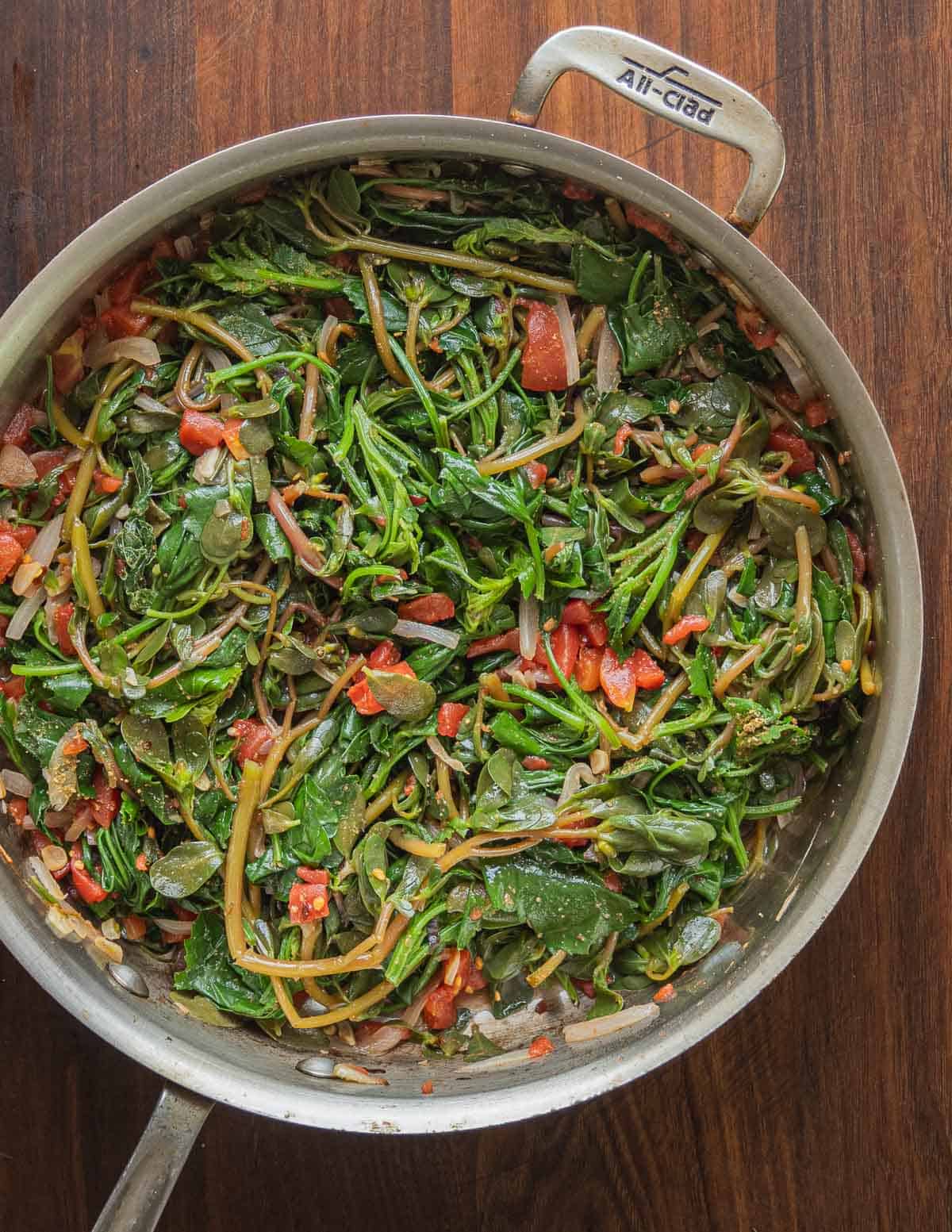
My favorite way to cook quelites is quelites guisadas. It's a recipe I learned from Carmelita, an Ecuadorian who, besides her verdolagas, loved to eat cuy. It's a thick stew of wild greens with onion, garlic, tomato and jalapenos. The pictures below illustrate the process.
First the greens are blanched in boiling salted water until just tender.
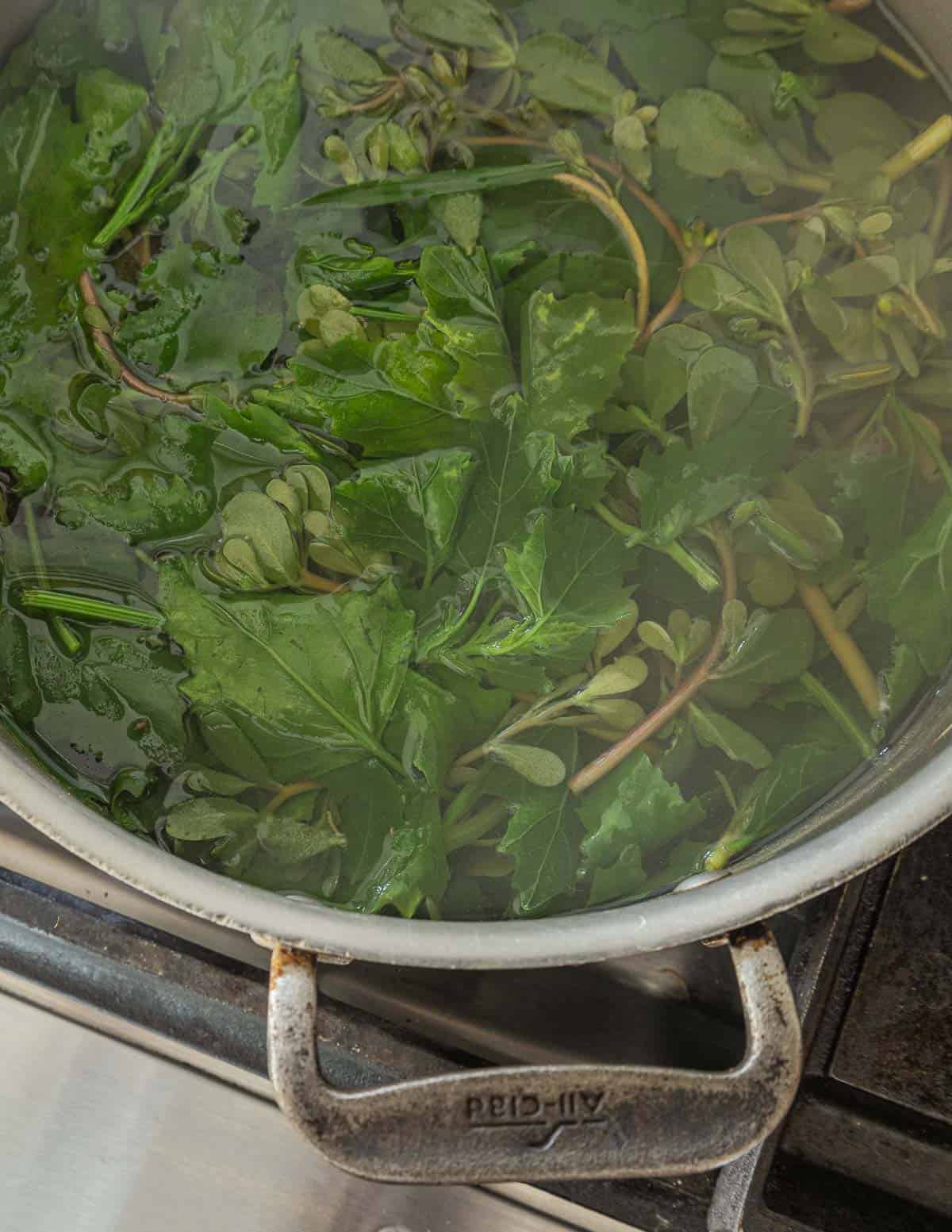
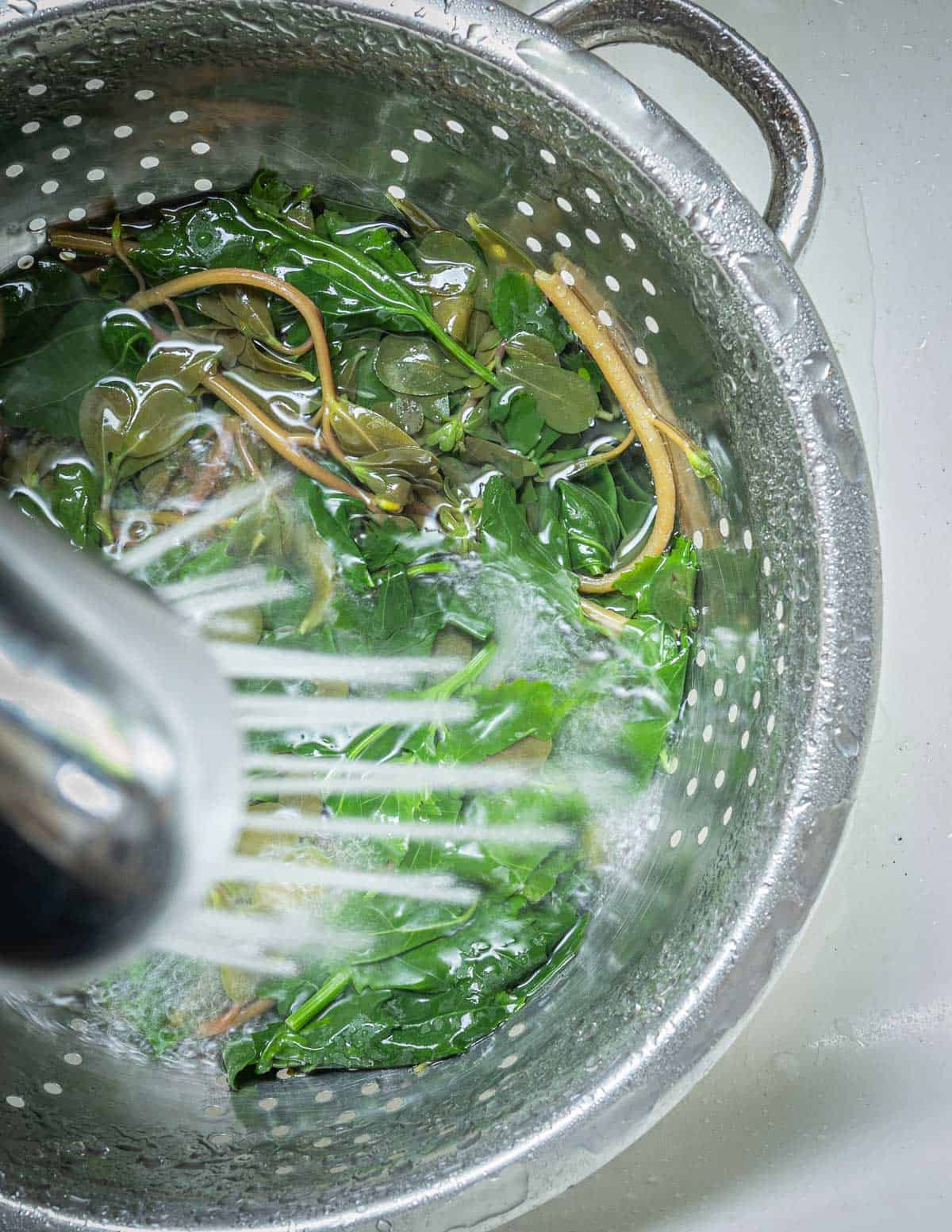
After the greens are blanched they're refreshed in cold water and squeezed dry. Next, you sweat onion, garlic and jalapenos in a pan. The greens are added, along with chopped, peeled tomatoes and everything is cooked until tender.
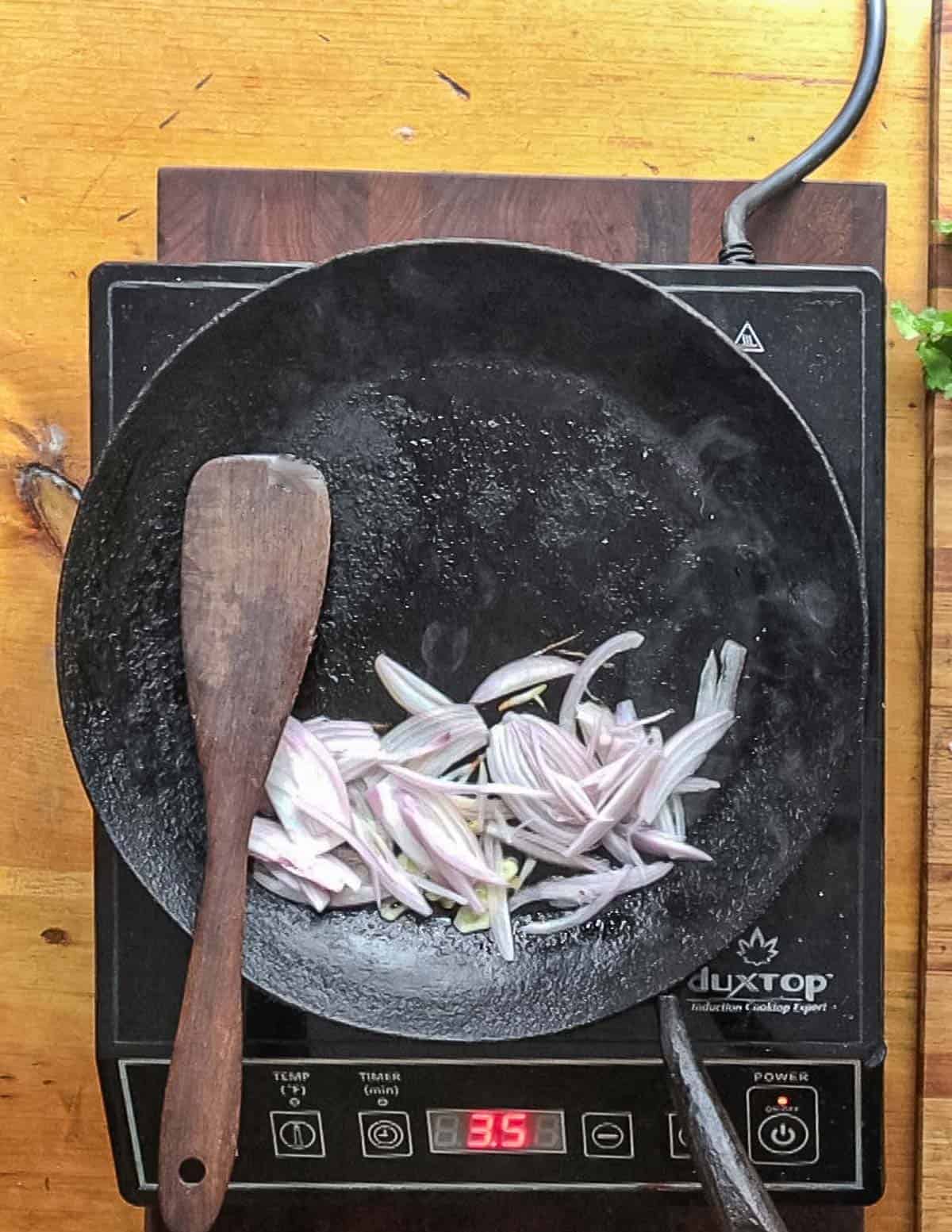
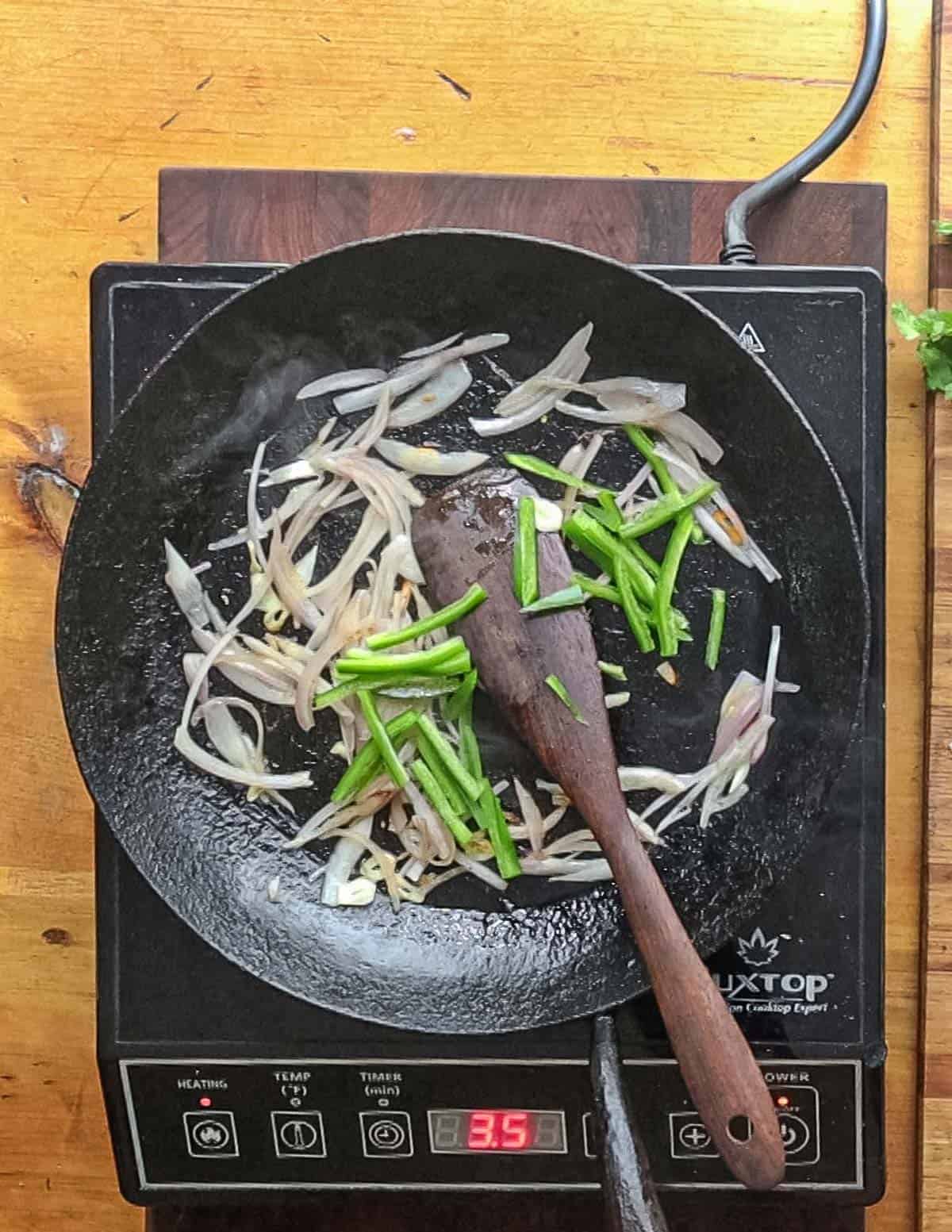
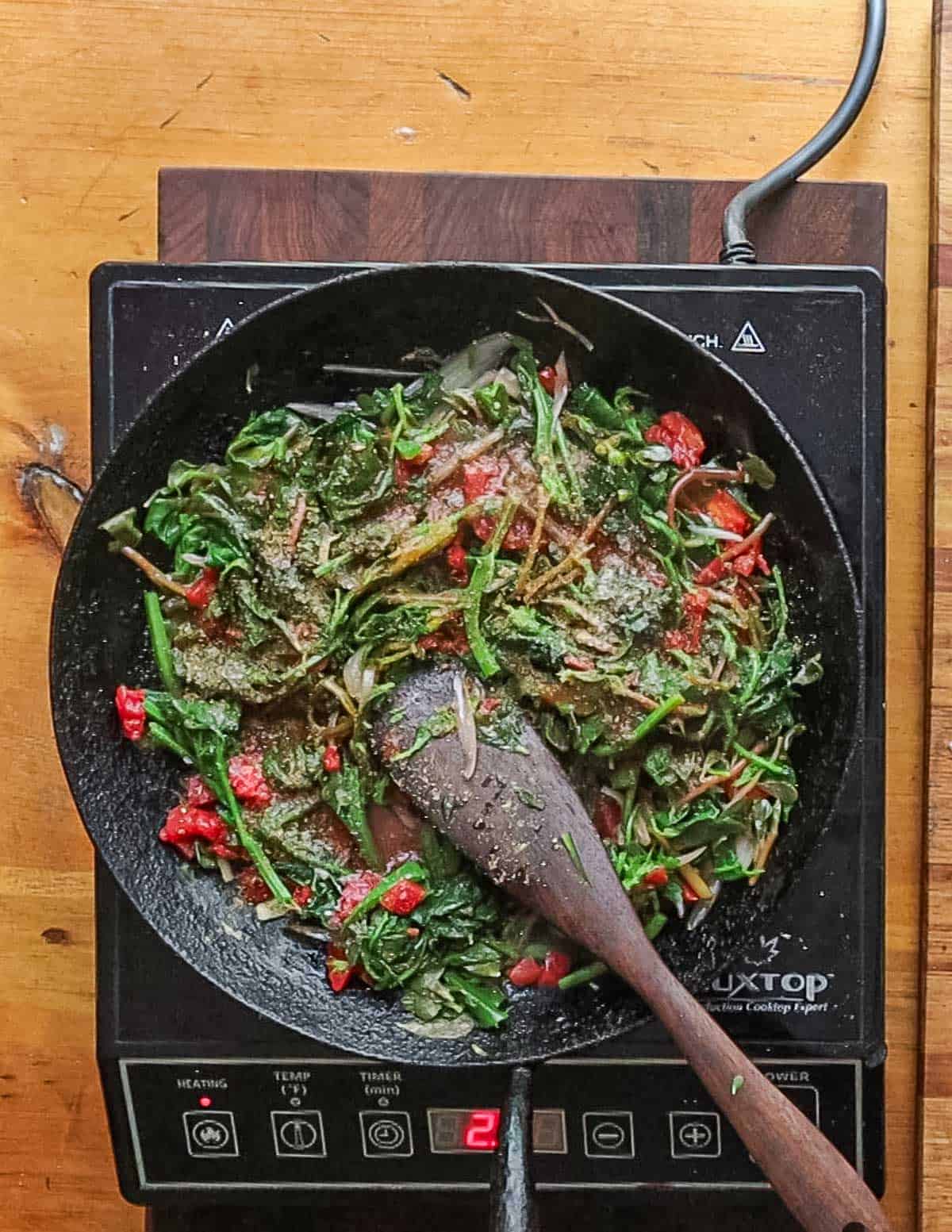
When the pan is nearly dry, I finish the dish with cumin and plenty of chopped cilantro or epazote.
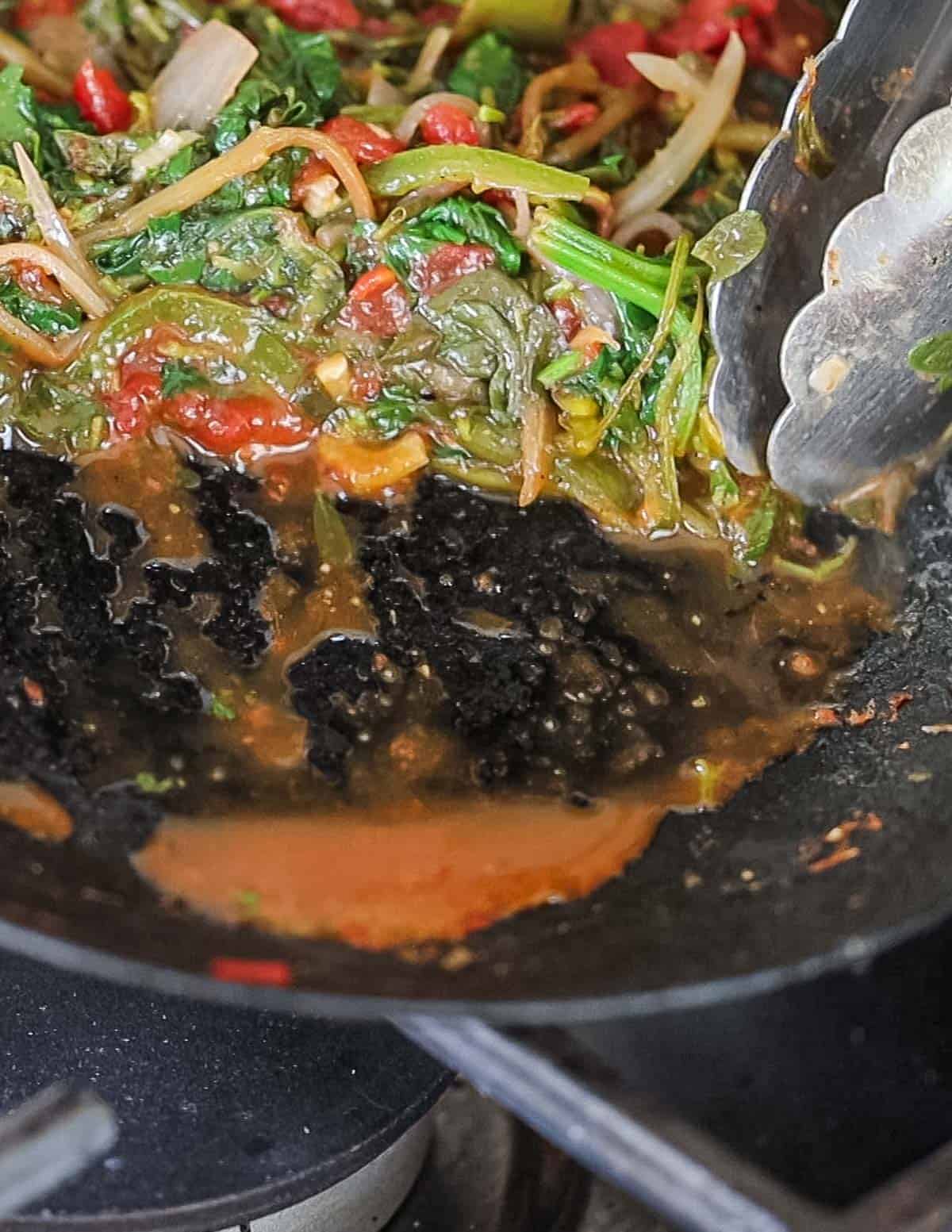
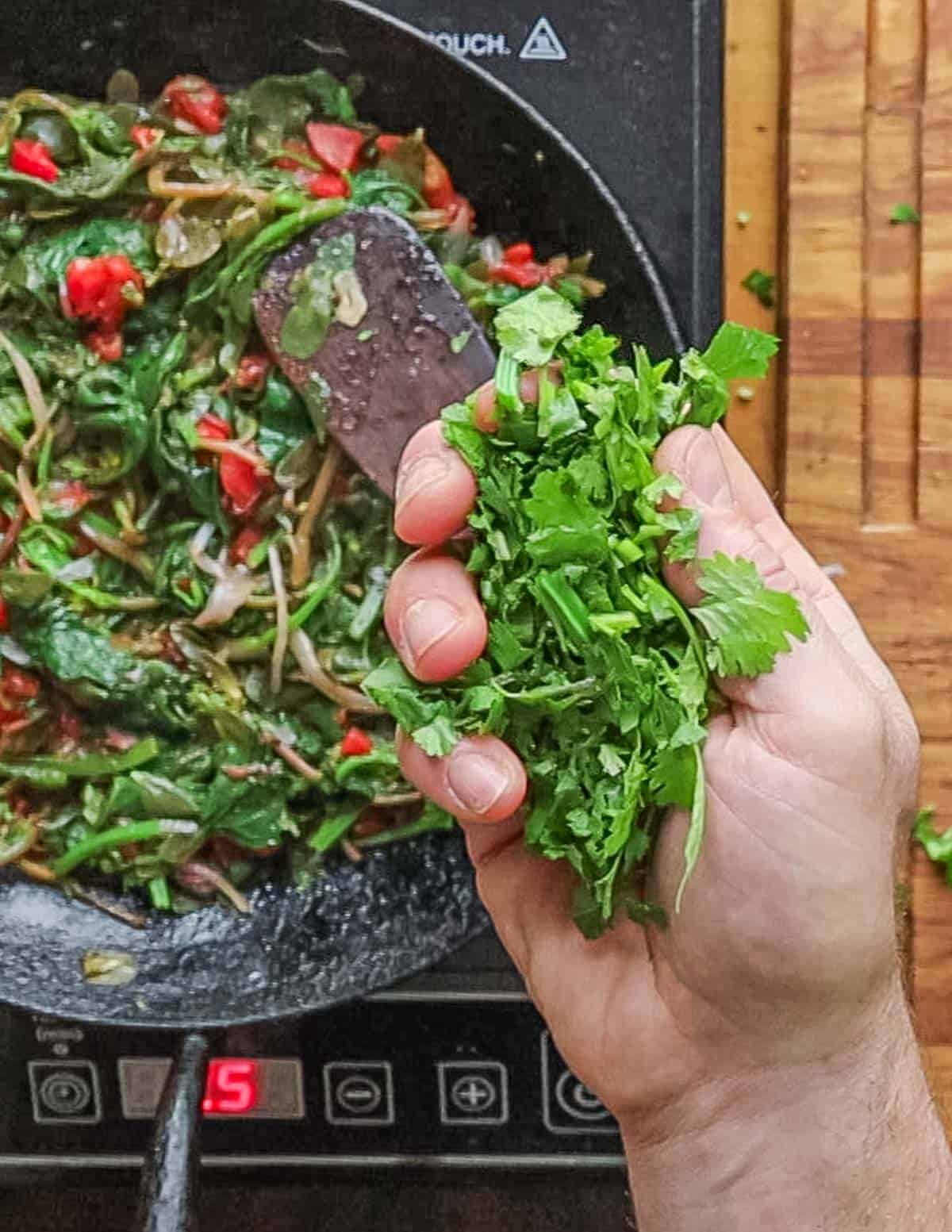
Once the greens are cooked, seasoned, and taste incredible, you must eat them with warm corn tortillas, at least once.
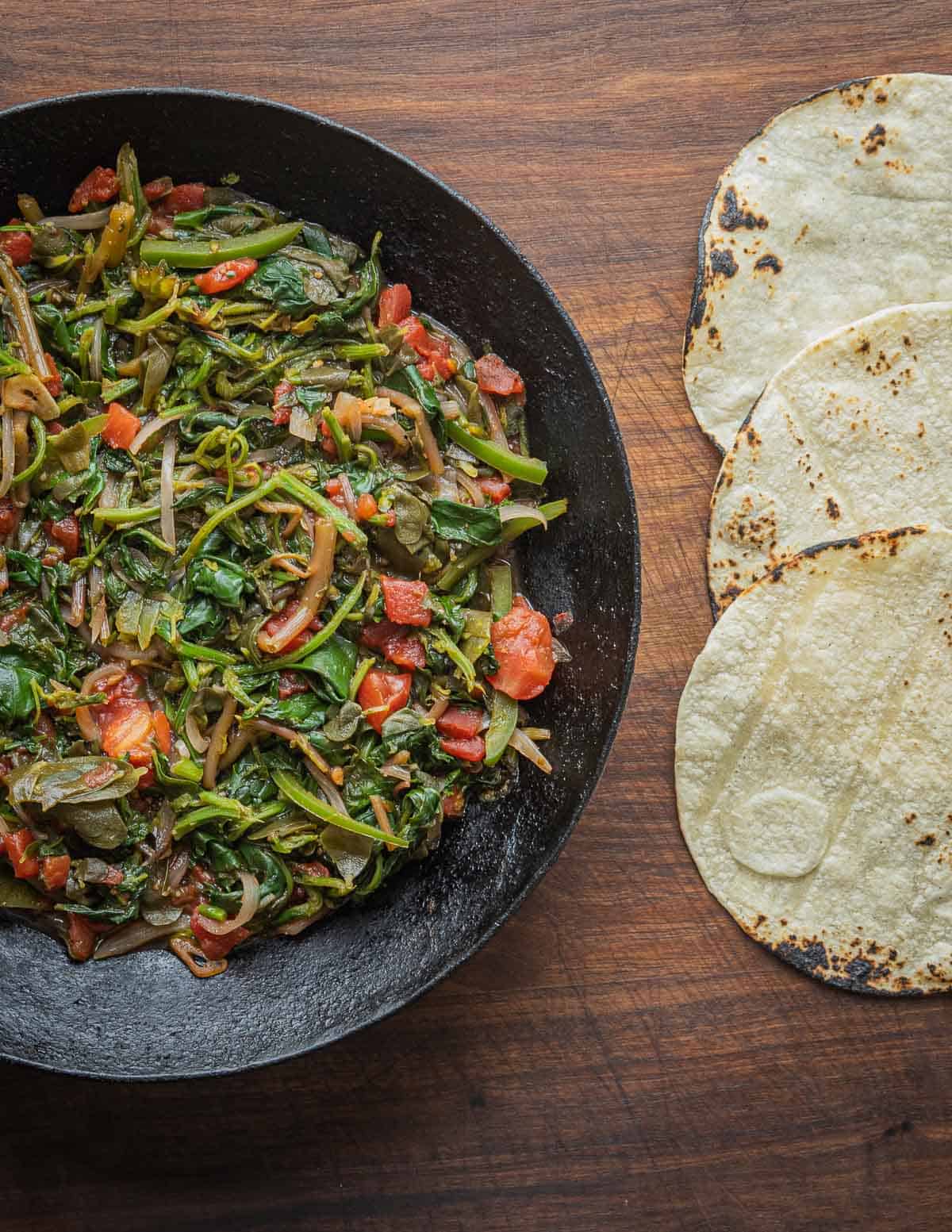
The tortillas can be a vehicle, or they can be layered with cheese, toasted and garnished with your favorite fixings to make tacos de quelites.
Below: Simple grilled tortillas, toasted cheese, and melted cheese tacos.
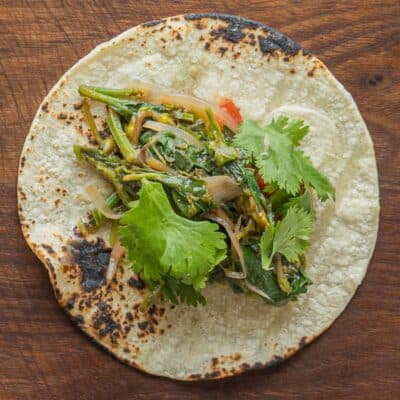
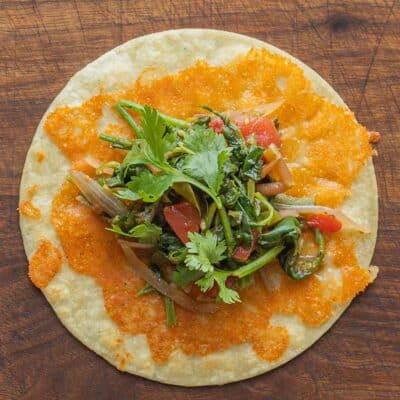
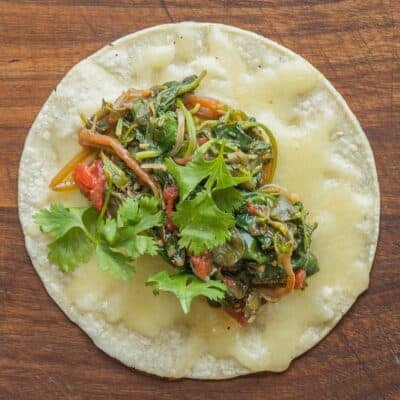
They also make great breakfast tacos mixed with scrambled eggs. Keep the hot sauce handy!
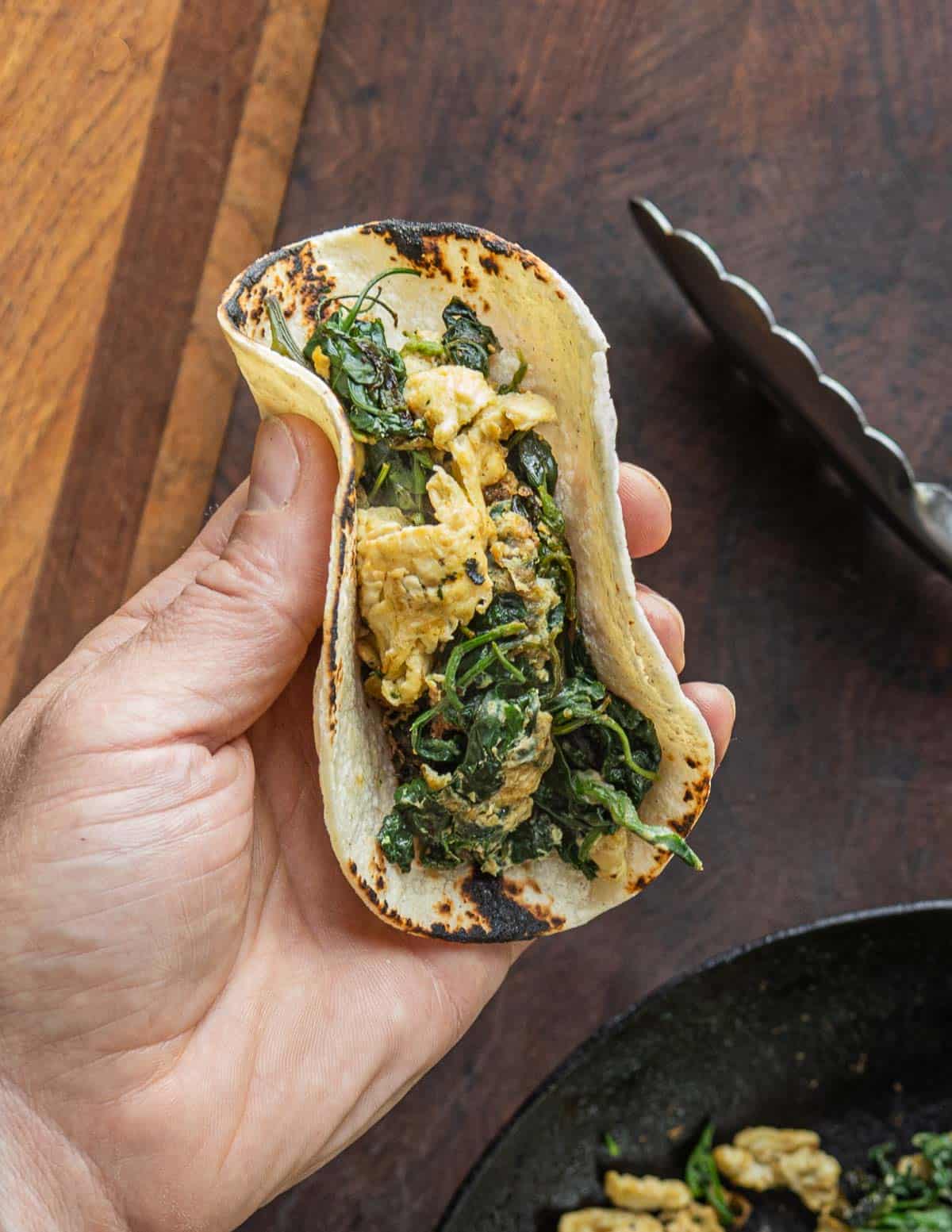
Go to your garden, harvest some of your favorite weeds, cook them as I describe in the recipe and video below and you'll be rewarded with a dish of wild plants so good they'll disappear faster than you can say "ai que rico!". They're also a perfect summer side dish for your favorite Mexican or South American meal. No one will notice there's no meat, but they're a great compliment to a pot of carnitas too.
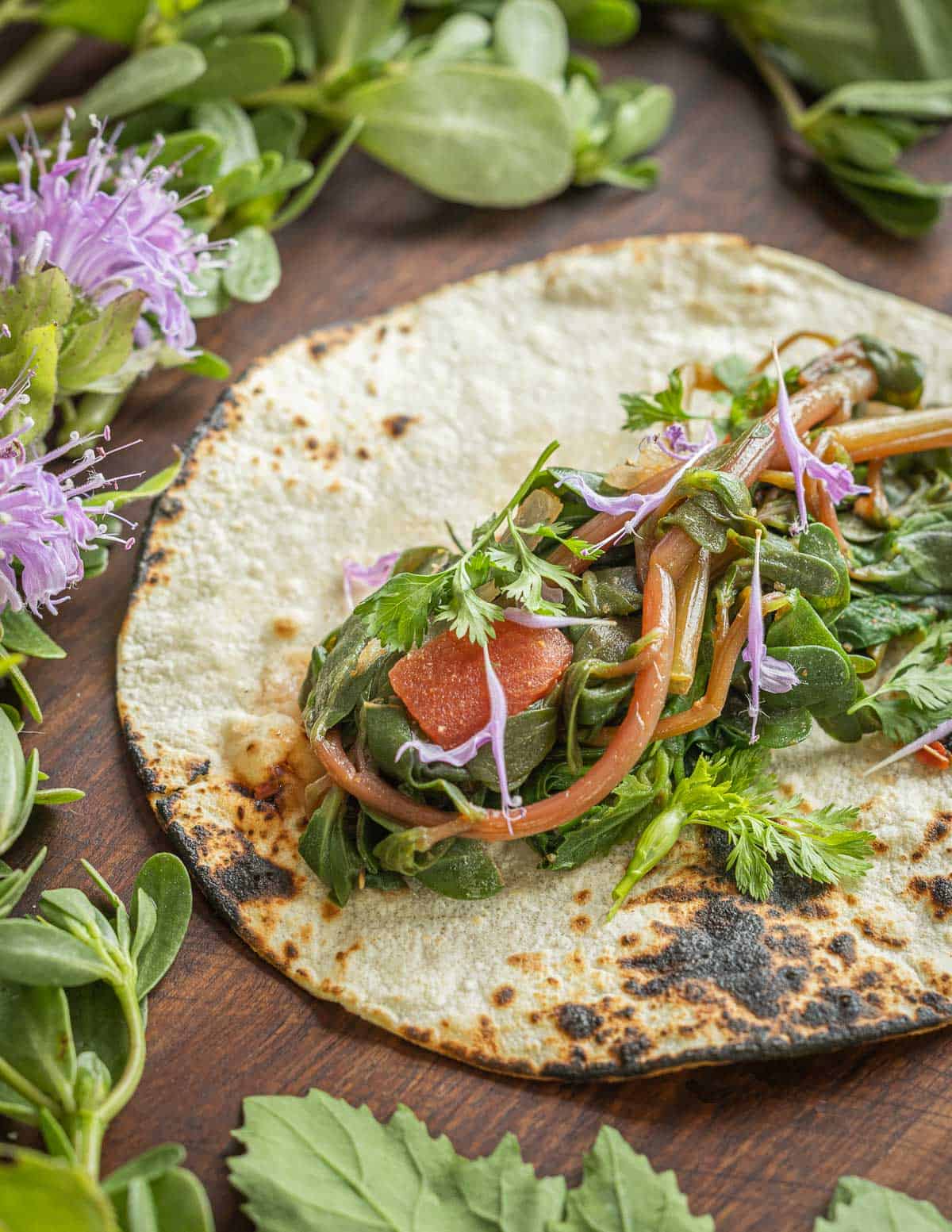
Related Posts
Quelites Mexicanos
Equipment
- 1 large pot for blanching the greens
- 1 large skillet for finishing the dish
- 1 griddle, comal, gas burner, or grill for toasting the tortillas
Ingredients
Quelites
- 8 oz mixed quelites especially purslane, lambsquarters and amaranth
- 2 tablespoons cooking oil or pork lard
- 1 large clove garlic thinly sliced
- 1 small 3 oz yellow onion or shallot
- 1 jalapeno seeded and cut into 1 inch julienne strips
- Kosher salt and fresh ground black pepper
- ½ teaspoon freshly ground cumin or to taste
- 1 12 oz can whole peeled tomatoes or 1 large fresh tomato
Serving
- Grated queso quesadilla cheese or your favorite melting cheese
- Corn tortillas as needed
Instructions
Blanch the greens
- Bring a pot of salted water to a boil and blanch the greens until nearly tender, about 30-60 seconds. Remove the greens and refresh in cold water, squeeze dry and reserve.
- Squeeze the seeds from the tomatoes and discard. Dice or chop ½ cup of the tomatoes. Reserve the rest of the tomatoes and their juice for another purpose.
- If using fresh tomatoes, core them, score the bottom with an X and blanch in boiling water until the skins peel. Remove the tomatoes to cool, discard the skins, squeeze the seeds out, and dice into medium cubes (½ inch).
Cook the greens
- In a 10 inch saute pan or large skillet, heat the oil and sliced garlic until aromatic and starting to turn golden. Add the sliced onion and jalapeno and cook until wilted. Add the chopped peeled tomatoes and cook for a minute more.
- Add the cooked greens and mix/toss the pan to thoroughly combine. Season with salt, pepper and cumin to taste. Continue cooking the greens mixture until the pan is nearly dry and the greens are tender and taste good to you.
Serving
- Meanwhile, heat the tortillas on a comal, over a fire, or on a griddle as described in the video. Serve the greens with the tortillas on the side and allow guests to build their own tacos, or build the tacos and serve however you like, as with the queso tacos I describe below.
Queso Tacos
- One of my favorite things to do is make queso tacos. To make them warm the tortillas on a griddle with cheese, then flip the melted cheese side onto the griddle and cook until the cheese is golden and crisp.
Video
Notes
- Other additions like hot sauce, salsa, sliced avocado or sour cream are all great. Feel free to use your favorite garnishes.
- There's many ways you can cook the greens. Sometimes I add a julienned bell pepper, or I may add the juice from a can of tomatoes and cook it until nearly dry before adding the greens.
- A good spoonful of mild chili powder can help thicken the mixture and add good flavor, especially if it's freshly ground.

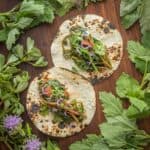
Paul Barber
Hi Alan , I’ve just discovered you while researching black walnuts. So much great info, thank you! Anyway I am a Brit living in Mexico for the last 30 years and most of that time I have spent on my permaculture smallholding in Veracruz. So I am totally into quelites!
So the word “guías” does not refer to squash blooms (flor de calabaza) but rather to the tips of the squash vines, which are edible. The same word is used for the tips of the chayote vine, also edible.
I can’t wait to try out the blanching technique, which I know is a thing here, but I had always figured the loss of nutritional value.
Last Sunday I took part in a local Feria de la Milpa, which this year was dedicated to quelites. It is a sad reality that in Mexico today quelites are little appreciated amongst city folk. I took along two unusual wild veggies: cahuayote and papaya. They attracted a lot of interest. Do you know them?
Andreas Emilio Guerrero
With regards to the 'quelite' / 'kelite' spelling, oftentimes in spanish, especially in Spain, the letter k is used rather than 'qu' to indicate that the word is borrowed from another language. Other examples include 'kebab' and 'kayak'.
Alan Bergo
Hey thanks, good to know. I love noticing the subtle differences between Mexican and European Spanish.
Jackie Skrypnek
Thanks so much for another interesting and super practical recipe, Alan! One question keeps coming up for me when it comes to greens and I wonder if you can answer it for me: why do most recipes for cooked greens call for blanching them first? Why not just go right ahead and sauté them raw (like I do with chard or kale at home)? It seems like you lose nutrition by blanching first. Thank you!
Alan Bergo
Hi Jackie. There is definitely a reason. Greens like chard and kale can be fine thrown into a pan. Wild greens, especially if you're using a blend, which you must here, have varying textures, particularly regarding stems. If you were to throw them into a pan and saute them raw, the texture could be stringy and unpleasant. Blanching (or steaming) equalizes the texture and ensures that it tastes pleasant. Solute loss to water is negligeable. You can fry greens in a pan from raw, adding a little water and covering the pan, if you want. They won't keep the bright green color though. If you want to eat greens without blanching for health reasons, I would try steaming them instead of blanching to see how that agrees with you.
Valarie
Watched your video this morning and went straight to the garden and picked the same wild greens as you show in the video. I made a breakfast burrito, and it was fantastic. Thanks for sharing this great recipe.
Alan Bergo
Thanks Valerie, glad it worked for you.
Dorothy Bacon
How about nettles and chickweed?
Alan Bergo
Good catch. Nettles I do have the traditional name for. I would assume they have some chickweeds but I don't have info on them.
Jessica
Looks great! Can't wait to try. Do you make your own tortillas? These look homemade...
Alan Bergo
Thanks Jessica, I make them occasionally but there's so many good tortillarias around me I usually just buy nice corn tortillas.
Jay
Do you make a sauce of any kind with verdolagas? This is an amazing and underrated vegetable. I sometimes make a meal of purslane, tomato and onion which is quite satisfying. It's my summer salad since with a couple of months of 100+ degree days, it's still going strong. For all practical purposes it has gone wild even though started from seed. Now, I couldn't get rid of it even if I wanted to.
I'm looking for more ways to use it. I know there are some middle eastern recipes but they're all cooked. A delightful post. Thank you.
Alan Bergo
Oh yes, in my book there's a salsa verde with verdolagas and fried pork carnitas. Super traditional, can be made without the meat too.
Sylvie
Also in Central or South Americas, shoots of native vining squash (like chayote/ Sechium edule ) would likely be used in a similar manner, no?
Alan Bergo
I would assume so.
Sylvie
It's always fascinating to see the many ways that various cultures cook greens (similar often but also different). On my native Reunion Island, we cook "bredes" (various wild or cultivated greens, some considered "weeds" by modern standards) two ways. One is fricassee - similar to what you describe in this post, but we don't use jalapenos, we use ginger. Sometimes tomato, sometimes not. The other is "bouillon" in which case water is added, and it is served like a soup, but at the end of the meal in small quantity "to help w digestion".
Alan Bergo
Oh I want to try it with ginger now. Thanks Sylvie.